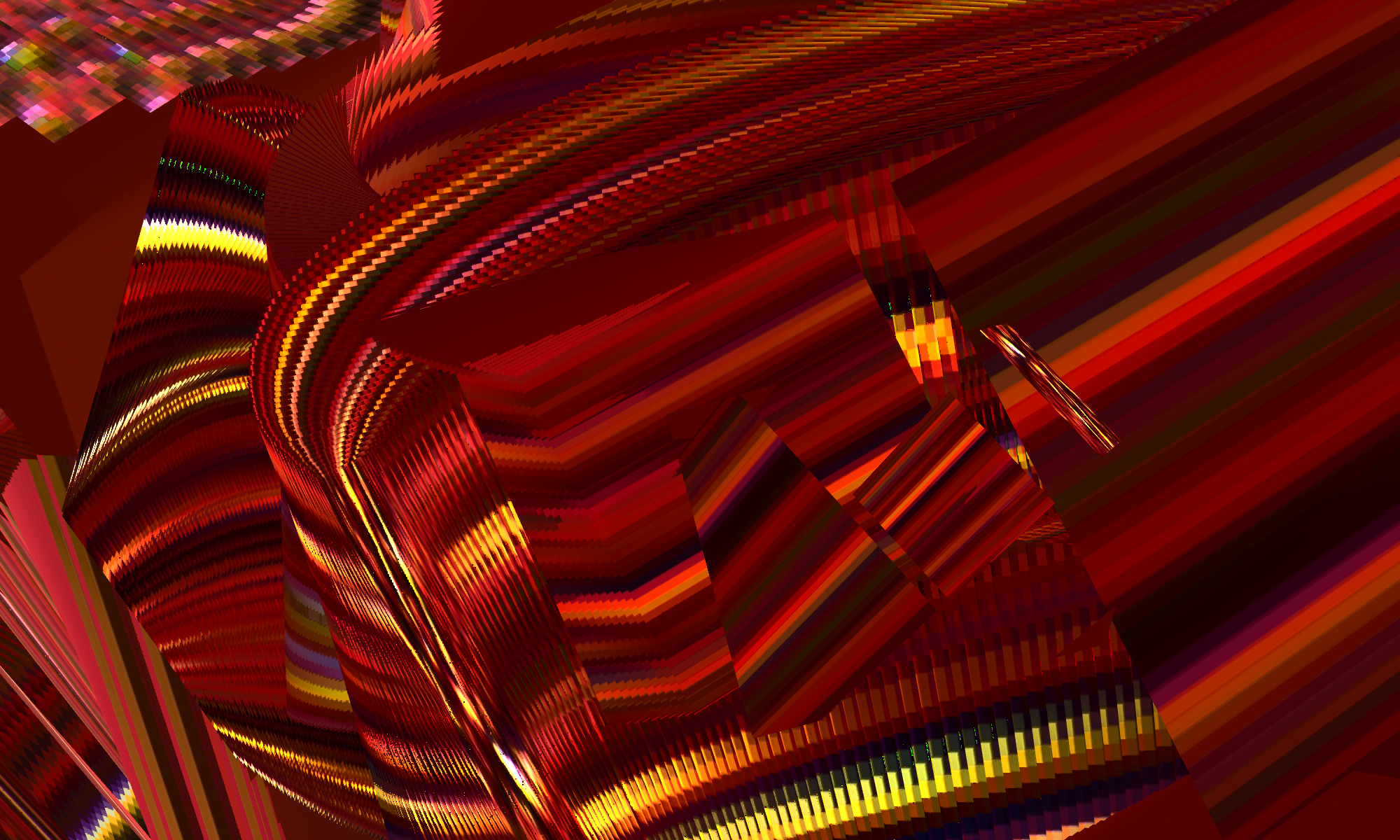The Video Arts program at Alfred University is one of the oldest, most diverse and well-developed video arts programs in the country. AU’s video arts program is grounded in an experimental approach to image making with strong ties to the practice of real time image processing and imaging tool development. To work in real time means to process the video image live, directly as it happens on the television screen. The video arts studios are comprised of technologies that support this approach allowing the students working in video to experience a wide range of technologies and theories necessitated in the production of video art across both digital systems and analog/digital hybrid systems.
Video Arts incorporate performance and sonic art strategies and encourage the free use of these and other synergistic approaches throughout its curriculum. In keeping with the philosophy of the Division of Expanded Media, students are encouraged to investigate the multitude of possibilities for time-based images to cross over into other disciplines. The video image, exported in various formats, becomes as fluid as any other kind of image, ready to become a print, a frame in an animation, a button on a web page, or a structure for sound. Thus, the investigative research and work produced in the video arts program cross all forms of time based electronic art, including real time image processing, digital image manipulation, digital video, interactive media, installation, animation and studio design. Student learn techniques such as interactive installations, multi-channel, projection mapping, audio-visual performance, and tool-making.
ART 232 Introduction to Video and Sonic Arts introduces the creative, technical and theoretical experience needed to explore video art, sonic composition and new media systems. Works take form as video works, experimental music, sound design, and introductory 3D animation. Experimentation is emphasized and students explore a wide range of digital, electronic and traditional art-making tools. No experience with computers or music composition required.
ART 332 Advanced Video allows students to explore: video and sound production, video and sound editing, immersive video installation, video image processing and multi-channel video and sound projection. Students explore a wide range of contemporary and vintage electronic systems. Prerequisite: ART 232 or permission of instructor. May be repeated once for credit.
